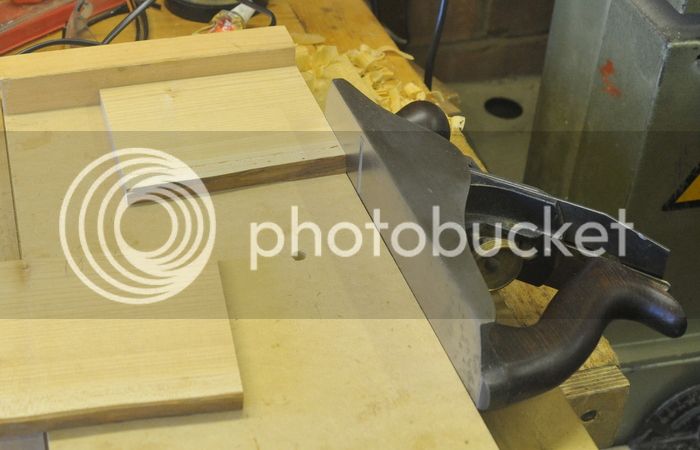Reggie
Established Member
wellywood":1z3ccbuc said:Reggie, I've re-read your posts and I may have misunderstood what you're trying to do. When you say you want to square the board, do you mean that you're trying end up with a board with a consistent width all way along its length?
What I (and others) was referring to was getting a 90* edge to a flat face.
If you are trying to get a board with a consistent width along its length, you're better off using a TS with a fence.
lets say I have cut a piece of wood, 2ft long 4inches wide, and 3/4" thick, I want to straighten and square the 3/4" edge that was left a bit out by my wonky sawing.









